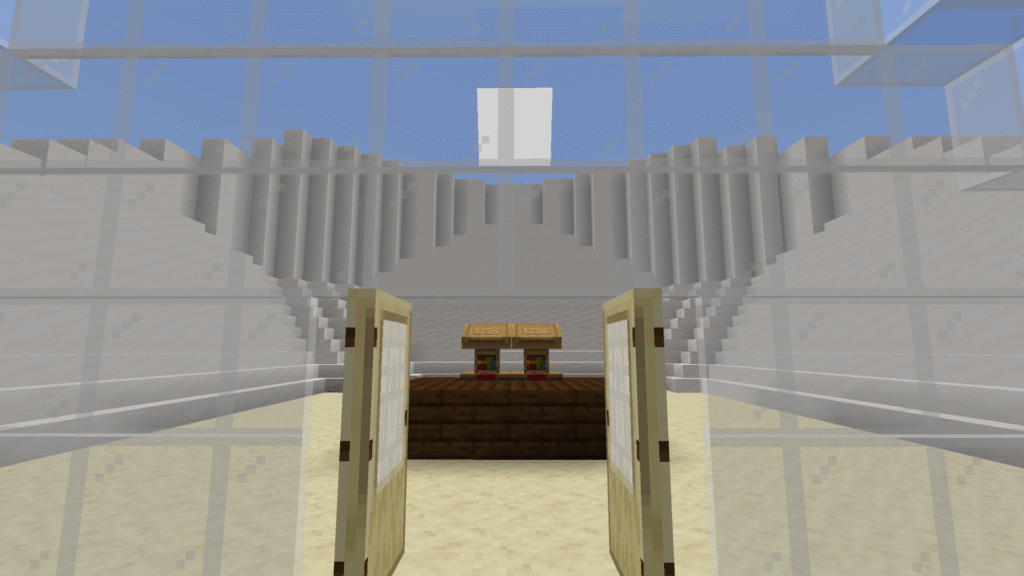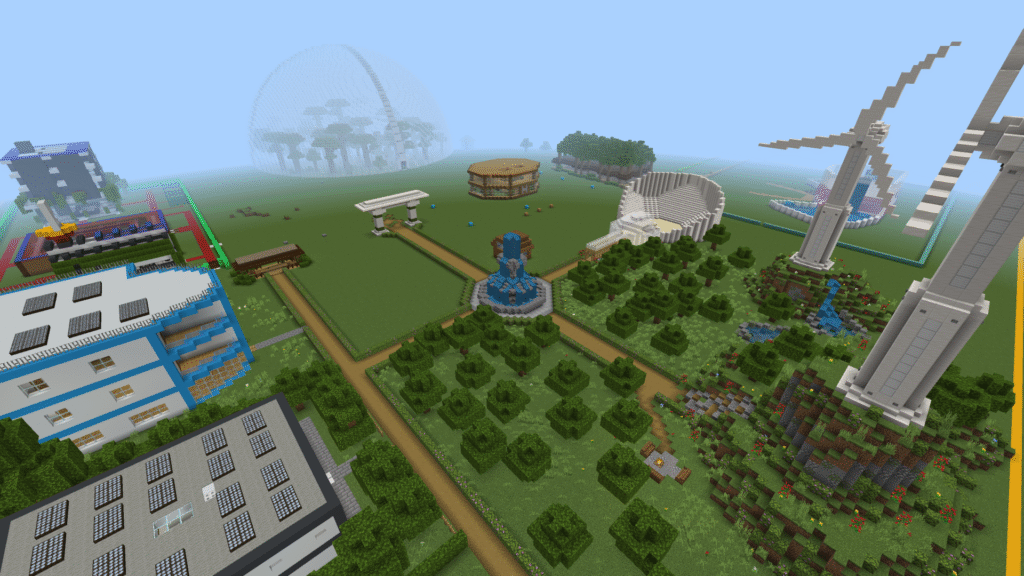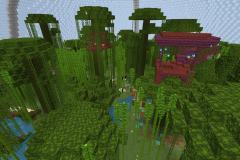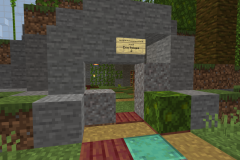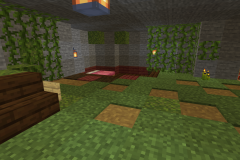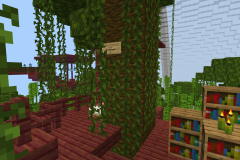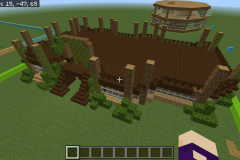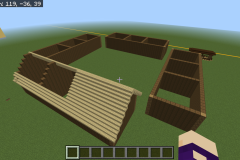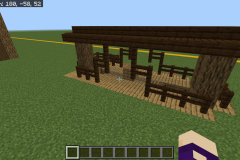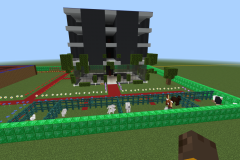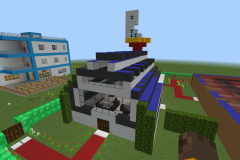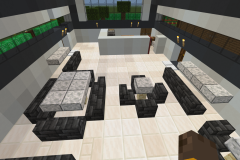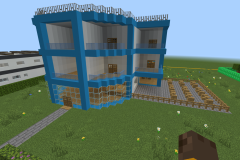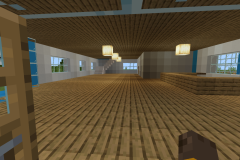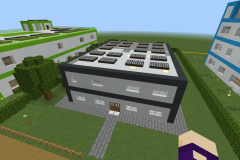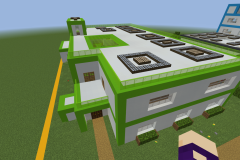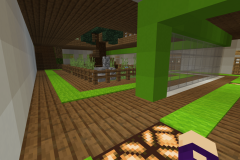Collaborative Sustainable Tourism Project in Minecraft – A Partnership Between Finnish and Italian High Schools
In this educational project, high school students from Finland and Italy teamed up to create sustainable tourism environments in Minecraft. The project, titled Sustainable Tourism Environments in Minecraft, spanned six weeks and focused on designing and simulating eco-friendly tourism practices that could reduce the carbon footprint of the travel industry. By collaborating online, the students not only built a virtual world but also learned about sustainable practices and their real-world implications.
Getting Started The project began with teachers from Finland and Italy meeting online to establish the overall project goals and roles for students, later continuing with ice-breaker activities to help students from both schools connect. Through video calls and online chat, the Finnish and Italian students exchanged ideas, asked ice-breaker questions, and discussed their interests. These initial discussions laid the foundation for a structured and purposeful collaboration between the two schools.
Activities:
- Establishing project goals centered on sustainability and tourism.
- Allocating team roles: Finnish students were assigned research and communication tasks, while Italian students focused on building and design within Minecraft.
Collaborative Research and Design in Minecraft saw students engage in research and practical design. The Finnish students took the lead in scientific research and analysis, studying sources on energy-saving methods, geo-resource reduction, and eco-friendly tourism strategies. The Italian students, meanwhile, focused more on the creative aspect, preparing to take on active roles in building the virtual tourism environments. Students planned the activities and building in the Minecraft world collaboratively, ensuring alignment between research and design.
The Finnish students shared their findings with their Italian counterparts, providing scientific data that would inform the building process. During this phase, both groups also learned how to identify credible sources and analyze their reliability, guided by their teachers.
Highlights:
- Research on sustainable tourism, covering topics like energy efficiency, waste reduction, and water conservation.
- Student-driven planning and construction of eco-friendly facilities in Minecraft, such as:
- Renewable Energy Hub: A central area with solar panels and wind turbines to provide renewable energy to the virtual tourism sites.
- Eco-Friendly Accommodations: Hotels designed with green certifications, including features such as energy-efficient lighting and water conservation systems.
- Waste Reduction Centers: Recycling and composting stations to minimize the environmental impact within the virtual world.
Challenges:
- Addressing cultural and language barriers.
- Managing disruptions in the Minecraft world caused by unauthorized access.
Assessment and Evaluation Throughout the project, the students participated in peer evaluations and feedback sessions. These meetings, facilitated by their teachers, provided opportunities for students to discuss what was working and what could be improved. Creativity, adherence to sustainable principles, and the effectiveness of reducing the carbon footprint were key evaluation criteria.
The project concluded with a reflection session where both Finnish and Italian students shared what they had learned about sustainable tourism. The discussions were not only about Minecraft but also about the importance of real-world sustainability and how small actions can make a big difference.
Achievements:
- Creation of a comprehensive virtual environment showcasing sustainable tourism.
- Development of key features such as:
- Eco-friendly hotels and restaurants.
- A sustainable transportation network.
- Conservation areas and carbon offset initiatives.
- Strengthened international collaboration skills.
Reflection and Future Plans The project ended with a sense of accomplishment as students saw how they could collaborate across borders to create solutions for real-world problems. The teachers from both schools expressed interest in continuing the partnership, with the possibility of future projects focused on different aspects of sustainability. The Minecraft platform proved to be an effective educational tool, allowing students to apply their scientific knowledge in a creative and engaging way.
This project was a unique blend of creativity, science, and international collaboration, helping students understand the importance of sustainable tourism and how digital tools like Minecraft can be used to model solutions to environmental challenges.
Project Planning Phase:
- Important organisational matters to be considered in the first phase
- First online meeting – support questions
- Guidelines for Respectful and Inclusive Communication in Online Cooperation
- Sustainable Tourism Project Plan
- Team roles in the project
Project Implementation Phase:
- Searching for scientific sources
- Second online meeting – support questions
- Third online meeting – themes to focus on when building
- Check-up questions to embed in Minecraft
- Building plans (based on students’ notes)
Project Reporting & Reflection
